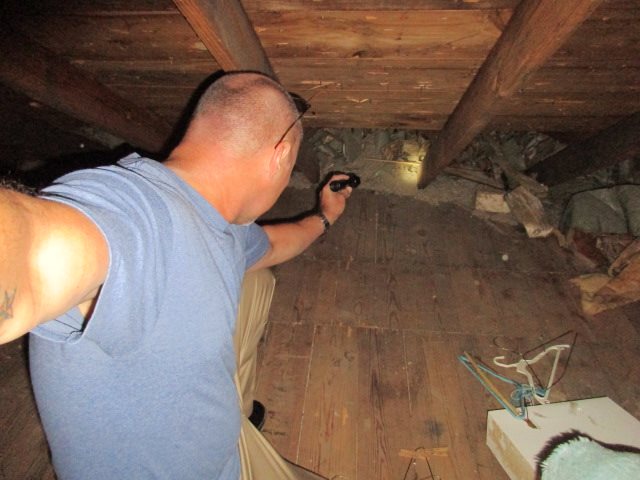Spring and Fall Monitoring of Your Home!
Warmer weather is here! We recommend that every homeowner perform a spring and fall monitor of your home. This is essential and sadly, something most homeowners don’t do. The idea is to identify any emerging problems and plan corrective action before they become a costly repair.
First off, we want to investigate those dark and scary places in our homes that we probably hardly ever enter. That would be attics, crawlspaces and sometimes secluded, unfinished parts of basements. Depending on the condition of those spaces, you may want to protect yourself with some Personal Protective Equipment (PPE) such as face masks, coveralls and gloves. I always begin every home Inspection and seminar with “Water Is Our Enemy!” We always want to keep the water out of and away from the home! So any signs of moisture staining, moisture damage, and water intrusion needs to be addressed. Every homeowner should have a few basic tools such as voltage tester, voltage point contact tester and a moisture meter. All pretty cheap, easy to use and available at your local hardware store. You might find moisture staining but without a moisture meter, you might not know if it is an old stain existing prior to recent roof replacements/repairs or a new issue. If the meter registers elevated, high or wet, you need to identify the source of moisture and correct it. Check roof sheathing, foundation walls, the earth in the crawlspace and the subfloor. You want the crawlspace to be dry with no elevated moisture levels and no water entry. The best way to prevent water entry to the basement and crawlspace is to clean and repair gutters and downspouts, add downspout extensions and correct all exterior negative grades toward the foundation. Remember, we always want the water to flow down and away from the foundation. Check on your mechanicals if they are located in the attic or crawlspace. Look for damaged/separated HVAC ducting to AC and heating devices. Ensure support fasteners are intact. Inspect the water heater for any signs of leakage, rusting or water marks on the cabinet and water supply piping for corrosion. Take a close look at your sewage lines for leaks. If the crawlspace has high humidity, consider adding a ground vapor barrier to manage the moisture and potentially additional active or passive ventilation. If anything looks questionable or you find a problem, contact your handyman or specialty contractor such as Plumber, HVAC Technician or Electrician. It is always less expensive to correct these problems early before they progress into costly repairs. And as always, Remember The Patriot! I can answer your questions.
If this tip was helpful, let me know. Leave a Review or a comment in the Contact link.

